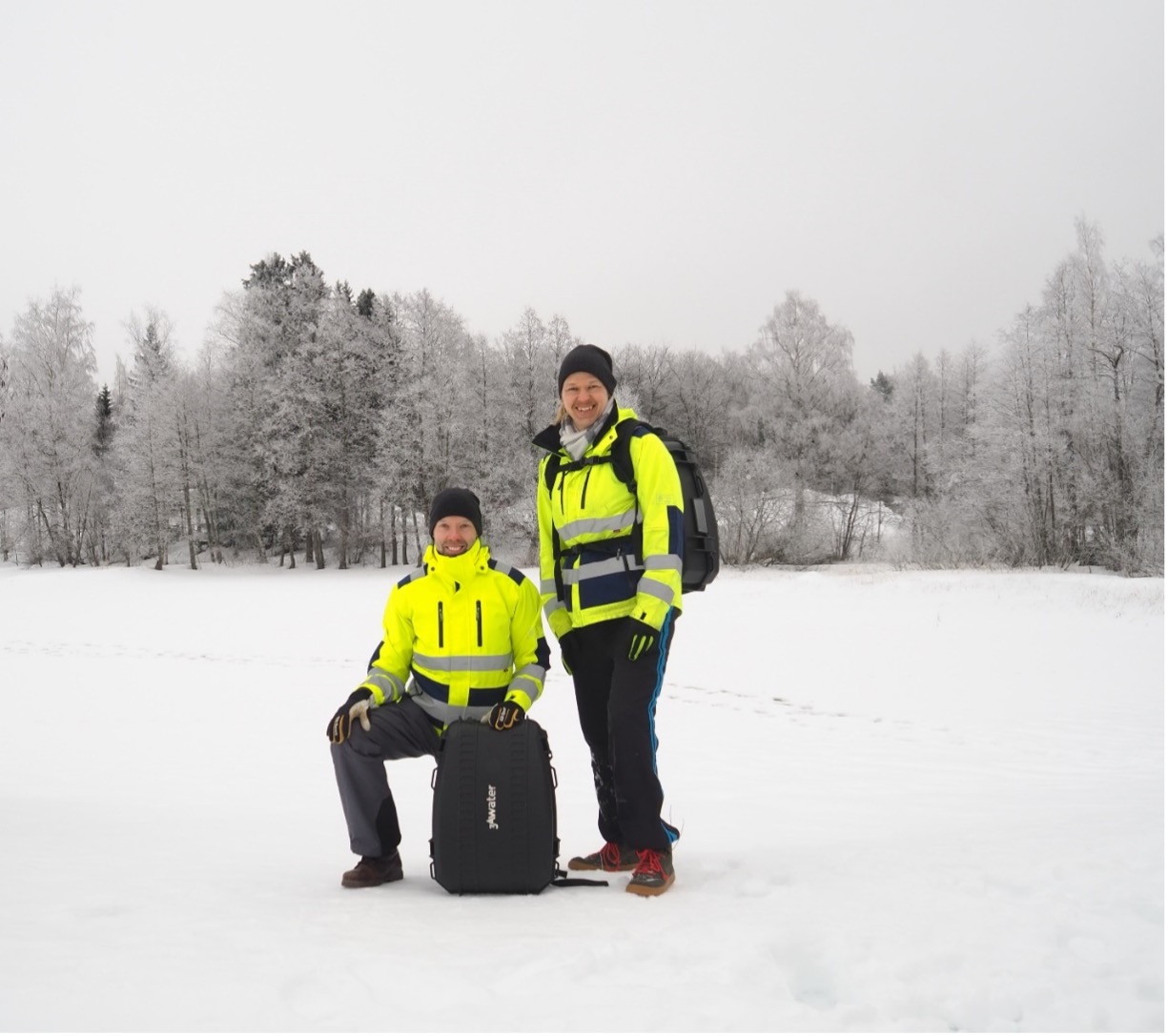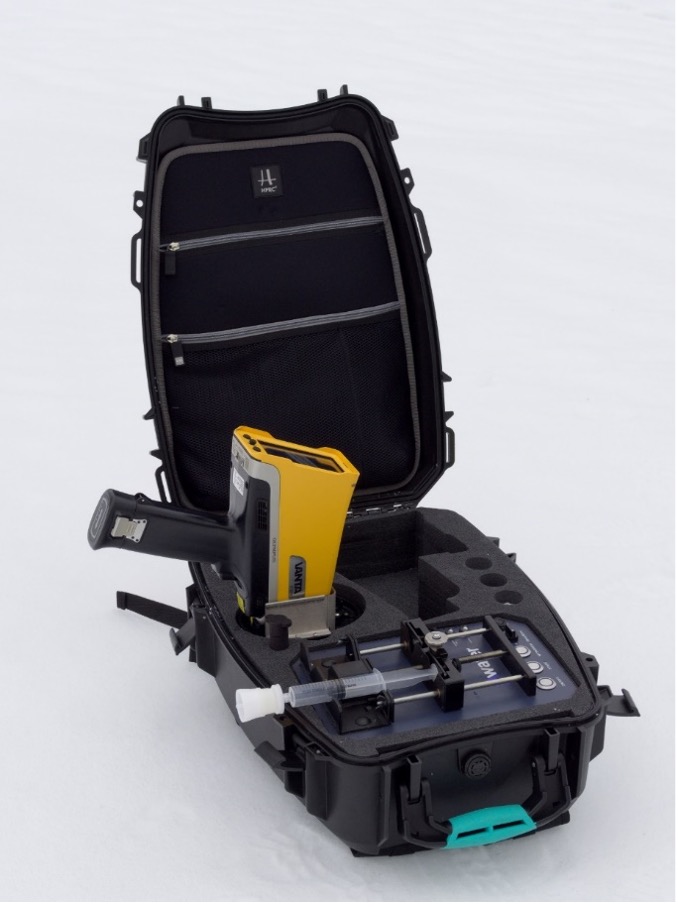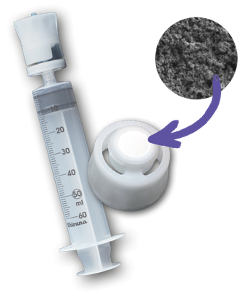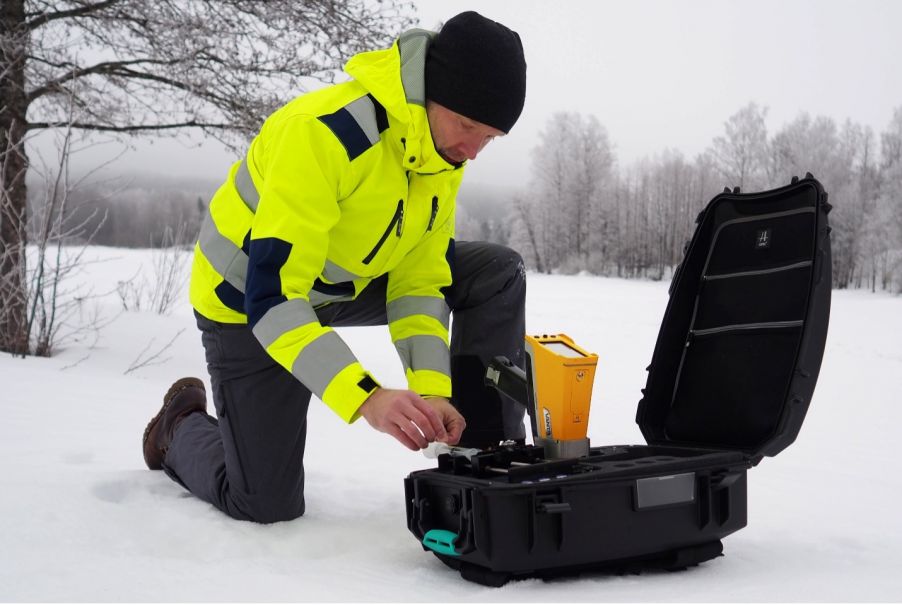3AWater is taking multimetal water analysis from the lab to the field. 3A Water’s Multimetal Water Analysis System (MWAS) combines nanotechnology with handheld XRF, including our Vanta™ series, to detect and quantify trace metals in water samples on location.
To learn more about the impact of this innovation in water management, we spoke with 3AWater CEO Tuomo Nissinen. Tuomo has a PhD in applied physics from the University of Eastern Finland and expertise in materials science, spectroscopy, and data analysis.
Here Tuomo shares more about the mobile water analysis lab, highlighting how the nanotechnology and XRF work together to provide fast and easy metal analysis of water.
Q: Can you tell us more about 3AWater and its goals?
Tuomo: 3AWater is a Finnish technology company and provider of smart and simple monitoring tools for water management. These tools help water-intensive industries decrease their environmental impact. We aim to bring metal analysis of waters from laboratories to the hands of industrial operators. The practical real-time information on water quality enables fast decision-making on-site without the delays unavoidable in conventional laboratory analysis. In an industrial setup, the typical benefits of fast metal analysis are:
- Ensure discharge water quality and optimize water treatment processes
- Categorize waters and find issues to reduce costs and prevent damages
- Reduce the number of samples sent to the lab

Members of the 3AWater team carry their mobile water analysis lab in a portable backpack.
Q: What specific applications or areas does 3AWater use XRF for?
Tuomo: XRF is an integral part of the 3AWater Multimetal Water Analysis System (MWAS). Our core technology is a nanomaterial-based permeable metal collector that gathers dissolved metals from a water sample by pumping it through the collector. The metal ions are captured into a solid form and concentrated up to 1,000 times in the metal collector. The XRF then detects and quantifies the metals from the metal collector surface. The ppb-level metal concentrations are shown on the screen of the XRF with integrated 3AWater MWAS calibrations.
In other words, 3AWater MWAS broadens the applications of XRF technology for dissolved metals in water at the level relevant for environmental regulations. This makes XRF a multipurpose tool for the mining and metal industry, where it can be used for ore or drill core sample grading, quality control of metal production, and wastewater quality analysis.
Besides XRF, our consumables set and accessory kit are needed for fast metal analysis of waters. The consumables set includes the metal collector with a syringe and syringe filter. The backpack included in the accessory kit has a syringe pump and the radiation shield, making the pumping and analysis safe and easy.
 |  |
Left: 3AWater’s Multimetal Water Analysis System with a Vanta handheld XRF analyzer. Right: 3AWater’s consumable set with a nanomaterial metal collector.
Q: What are the top benefits of using handheld XRF in water analysis compared to other analytical techniques?
Tuomo: Handheld XRF suits our purpose well. It is great technique to quantify metals from solid samples, such as our metal collector. The X-rays can also penetrate the metal collector, getting signal from the inside and not just the top surface. This enables accurate water quality analysis. Adding to this, our technology and metal collector has been built and optimized to be analyzed with the handheld XRF.
Q: Can you share examples of how your customers have used the 3AWater MWAS with handheld XRF?
Tuomo: Examples include:
1. Internal wastewater quality monitoring.
Customers must ensure that discharge waters and environmental waters around a site comply with regulations. Fast reactions based on data can be made if abnormal water qualities are observed to prevent further issues and damages. Fast portable analysis can be used to pinpoint and contain the sources of contamination.
2. Optimization of water treatment processes.
Another example is the analysis of input and output water quality on the water treatment process. Customers can adjust the chemical feed and flow parameters according to real-time results for optimal water treatment results.
3. Reducing the number of water samples sent to the lab.
The analysis capacity of laboratories is often limited. An MWAS with a portable XRF analyzer can reduce the workload, because fewer samples need to be sent to the lab.
Q: How do you see 3AWater’s collaboration with EVIDENT developing going forward?
Tuomo: The compatibility of 3AWater’s MWAS technology has been developed with a lot of help from the XRF professionals at Evident. We have great technical support in building calibrations and were loaned several Vanta portable XRF analyzer models for our development work and trials. We aim to create a mutually successful collaboration with Evident by offering existing Vanta users a new way to use their XRF devices and introducing XRF to a new wastewater-related client base.
Q: How do see industrial water management and monitoring needs evolving in the future?
Tuomo: The tightening regulations and raising environmental consciousness has put industrial operation under lot of scrutiny. This progress will continue in the future. With reducing freshwater reserves, it will make industrial operations that rely on running water much more difficult. This will increase the need for advanced water management to reduce water use and minimize the impact to the environment. Real-time water quality data is essential to optimize these water management operations to a required higher level.
Learn More about Fast, On-Location Metal Analysis of Water
Curious to see how the water monitoring solution works in practice? Watch this 3AWater Multimetal Water Analysis System demo using a Vanta handheld XRF analyzer.
Related content
Identifying Minerals and Contaminants in Water and Food Using Portable XRF
XRF Uncovers Heavy Metals Contamination in Soil for Land Investigations
Heavy Metals in Wastewater: Locating Pollution Sources Using Portable XRF


.jpg?rev=6D78)